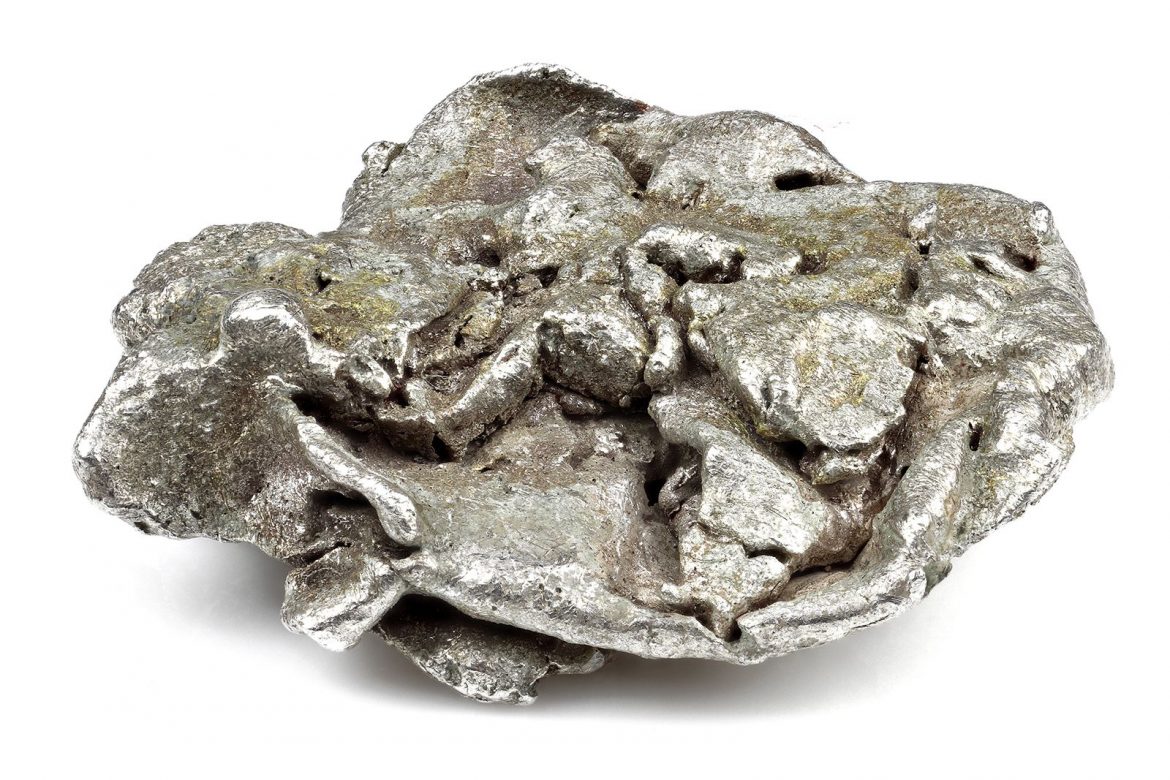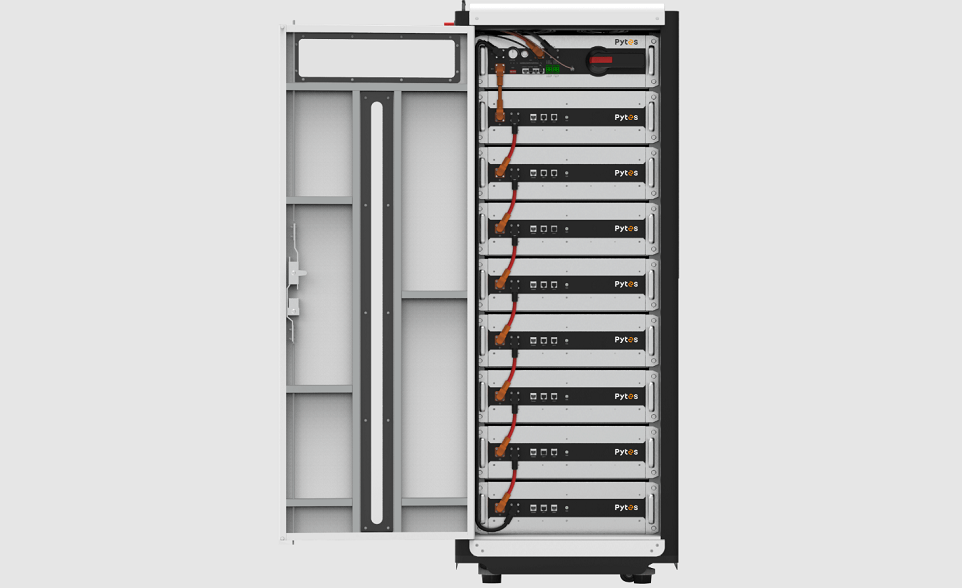The world of minerals is a fascinating one, filled with a myriad of colors, shapes, and properties. One of the most intriguing aspects of minerals is their luster, the way they reflect light from their surfaces, which is a key factor in their identification. Among the various types of luster, metallic luster stands out due to its unique, mirror-like shine. In this blog, we delve into the realm of minerals that possess this captivating characteristic.
Understanding Metallic Luster
Before we delve into the specifics, it's important to understand what exactly metallic luster is. Minerals with metallic luster appear shiny and reflective, much like polished metal. This is due to the way the mineral's atoms are arranged, which allows it to reflect most of the light that hits its surface.
Minerals with Metallic Luster
- Pyrite: Often referred to as fool's gold, pyrite is a common mineral with a metallic luster. Its gold color, hardness, and high density make it easily recognizable. Pyrite is used in the manufacture of sulfuric acid and sulfur dioxide; it is also a key mineral in the production of solar panels.
- Galena: Known as the natural mineral form of lead sulfide, galena is characterized by its silver color and perfect cubic cleavage. It is the most important ore of lead and an important source of silver.
- Hematite: This iron oxide mineral is known for its metallic to dull luster in varied shades of red and brown. Hematite is a vital ore of iron, making it integral to the steel industry.
- Chalcopyrite: This mineral, with its brass-yellow color and greenish-black streak, is one of the most important ores of copper. It is often confused with pyrite and gold.
- Magnetite: As the name suggests, this iron ore is magnetic. It exhibits a metallic to submetallic luster and is a pivotal source of iron.
- Native Copper: This naturally occurring pure form of copper has a unique reddish color and metallic luster. It is used in various industries, from electrical to construction.
- Bornite: Known as peacock ore, bornite changes colors when exposed to air. This copper iron sulfide mineral is an important ore of copper.
Conclusion
The world of minerals with metallic luster is as diverse as it is fascinating. These minerals, with their unique properties and significant industrial applications, continue to captivate geologists and collectors alike. Understanding their characteristics not only aids in their identification but also underscores their importance in various industries.


